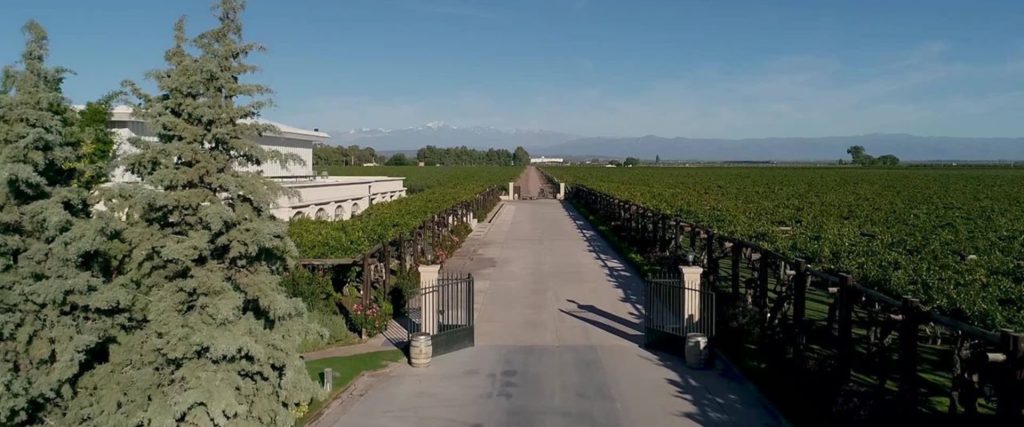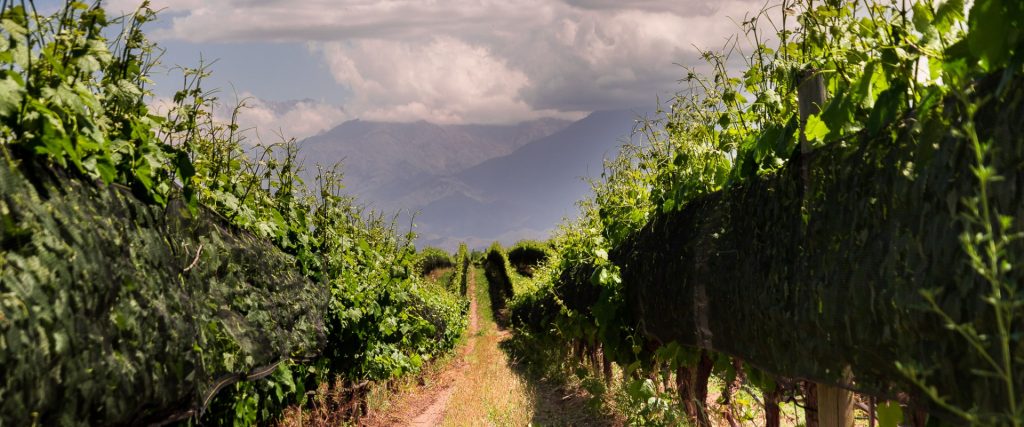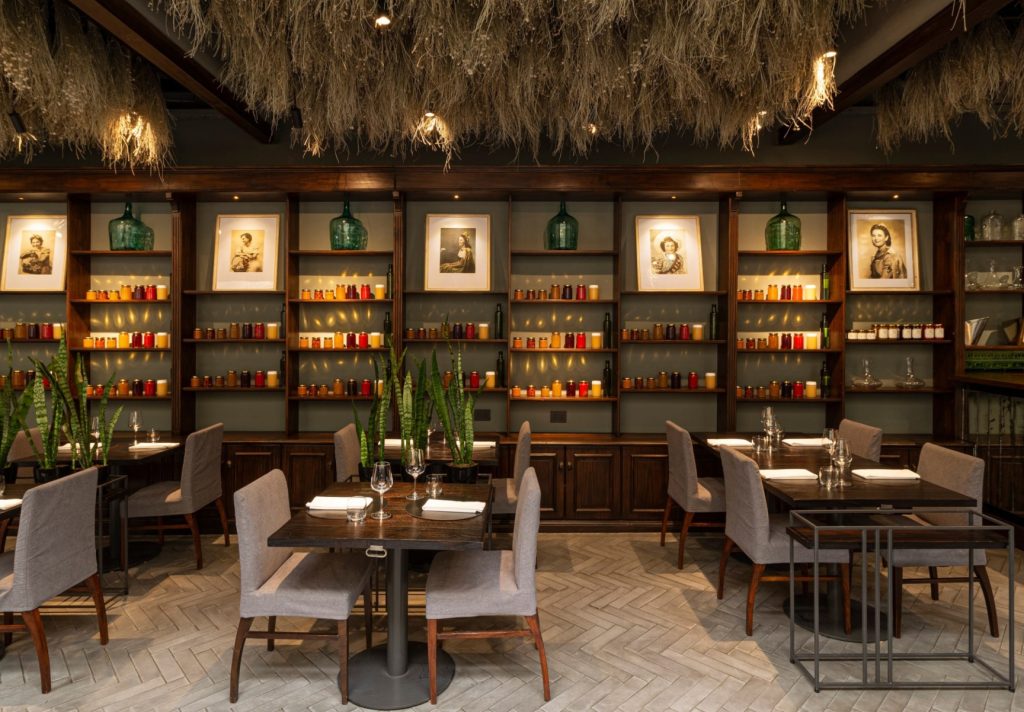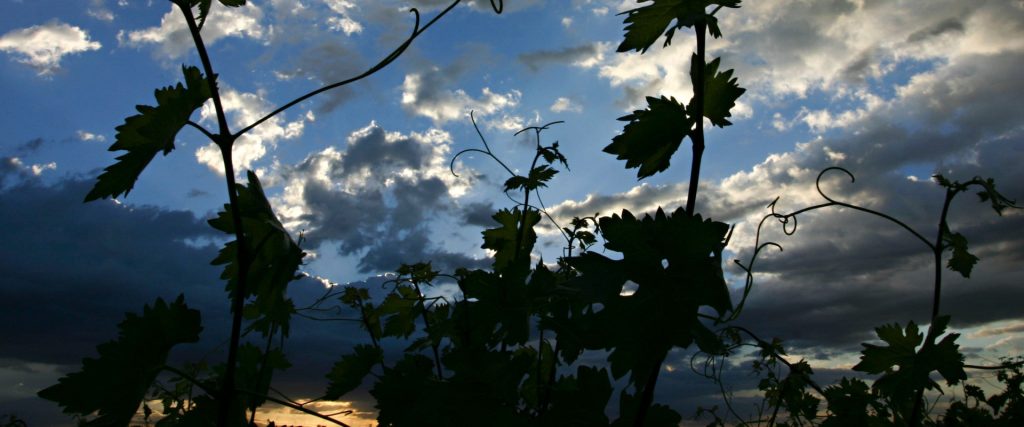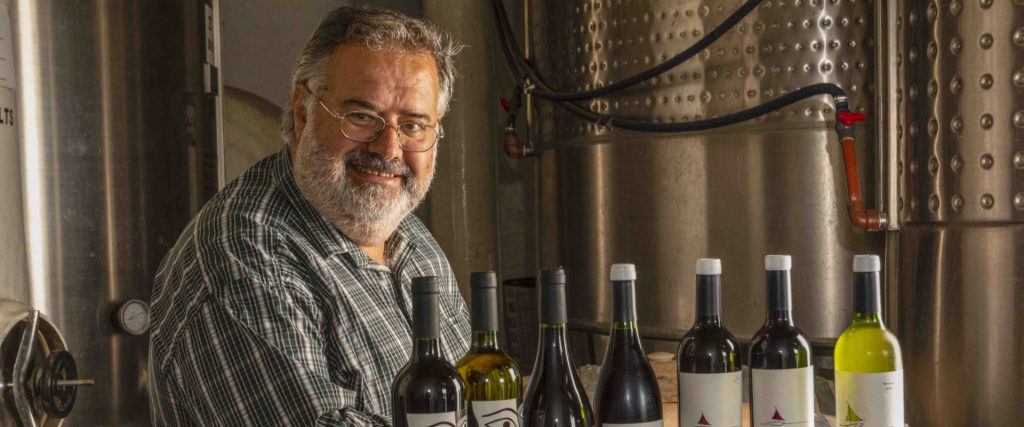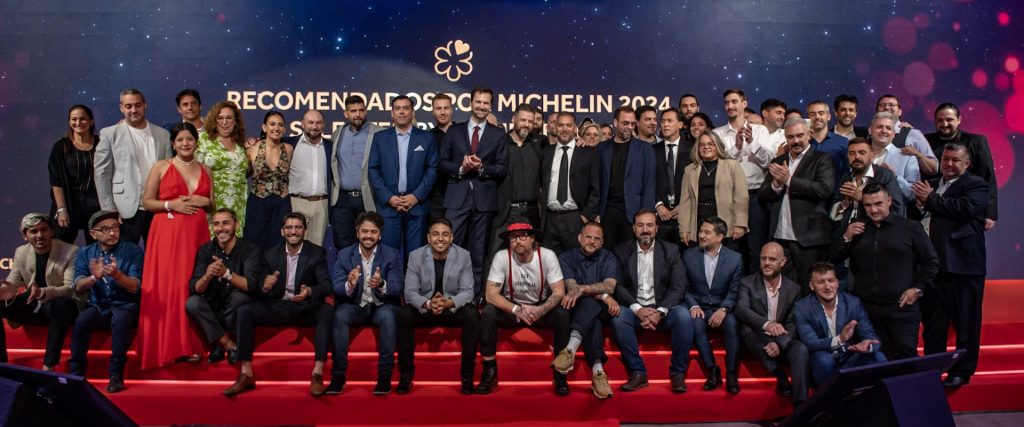Rediscovering Barrancas, a historic terroir in Mendoza
Of the different wine regions of Mendoza, Barrancas is one of the most historic districts in the Department of Maipú. Today, a group of wineries is looking to raise its profile by highlighting the distinctive characteristics of the terroir.

